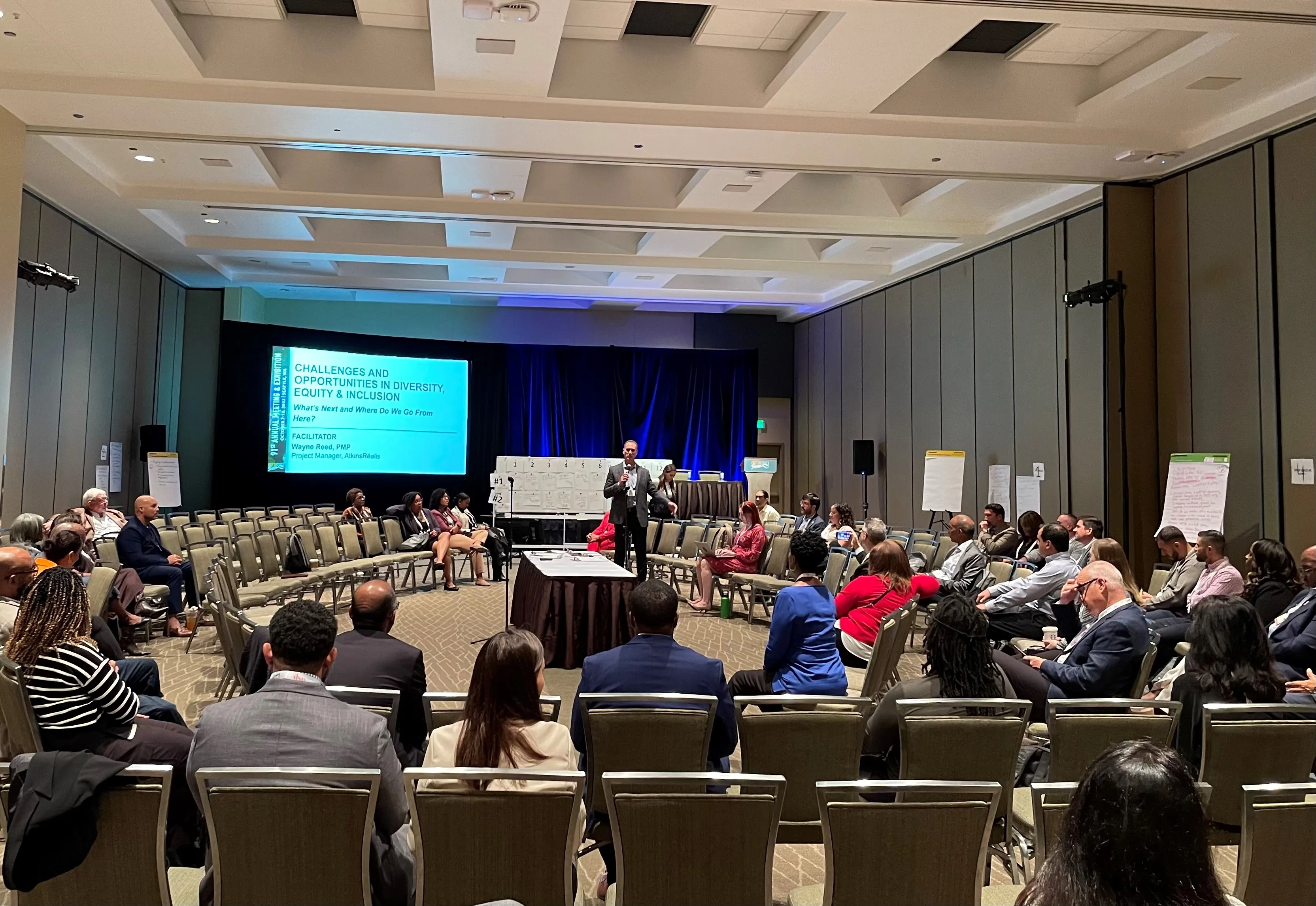A new cloud-enabled performance management system from Xerox uses data analytics to help parking managers better manage workloads, make smarter patrol decisions and create high-performance teams of civil enforcement officers.
CitySight automates many manual processes by providing a logging mechanism that analyses the daily activities of civil enforcement officers (CEOs) such as time worked, patrols, public interaction, penalty charge notices and more. Supervisors can then use the insights gleaned from t
July 1, 2015
Read time: 2 mins
A new cloud-enabled performance management system from 4186 Xerox uses data analytics to help parking managers better manage workloads, make smarter patrol decisions and create high-performance teams of civil enforcement officers.
CitySight automates many manual processes by providing a logging mechanism that analyses the daily activities of civil enforcement officers (CEOs) such as time worked, patrols, public interaction, penalty charge notices and more. Supervisors can then use the insights gleaned from the data to manage time and resources in a way that improves the flow of traffic, ensures the availability of parking spaces and keeps the public safe.
CitySight has been developed by Xerox researchers based on input from the Los Angeles Department of Transportation and the5783 Denver Department of Public Works.
“CitySight brings an added layer of visibility and transparency to enforcement, creating a better teamwork dynamic,” said David Jones, general manager, Xerox Urban Mobility. “Insights gained from data analytics smooth out varying levels of productivity that often exist and give supervisors and colleagues a better idea of what officers do during a given shift.”
“We're working closely with Xerox to understand how we can better deploy our parking enforcement officers to meet our citizens’ and local merchants’ needs,” said Greg Savelli, chief of Parking Enforcement Operations for the City of Los Angeles, Department of Transportation. “With CitySight, our supervisors can be more effective and our officers more efficient and focused, allowing them to respond to issues sooner and ultimately keep our city safer and less congested.”
CitySight automates many manual processes by providing a logging mechanism that analyses the daily activities of civil enforcement officers (CEOs) such as time worked, patrols, public interaction, penalty charge notices and more. Supervisors can then use the insights gleaned from the data to manage time and resources in a way that improves the flow of traffic, ensures the availability of parking spaces and keeps the public safe.
CitySight has been developed by Xerox researchers based on input from the Los Angeles Department of Transportation and the
“CitySight brings an added layer of visibility and transparency to enforcement, creating a better teamwork dynamic,” said David Jones, general manager, Xerox Urban Mobility. “Insights gained from data analytics smooth out varying levels of productivity that often exist and give supervisors and colleagues a better idea of what officers do during a given shift.”
“We're working closely with Xerox to understand how we can better deploy our parking enforcement officers to meet our citizens’ and local merchants’ needs,” said Greg Savelli, chief of Parking Enforcement Operations for the City of Los Angeles, Department of Transportation. “With CitySight, our supervisors can be more effective and our officers more efficient and focused, allowing them to respond to issues sooner and ultimately keep our city safer and less congested.”










